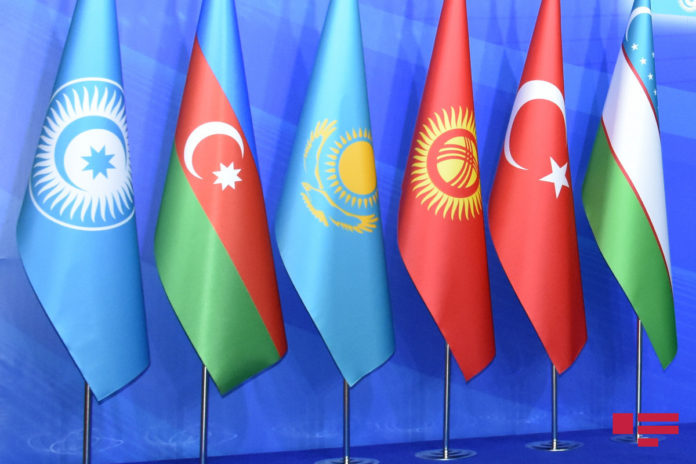Nowadays, the generation of the Unified Transport System under the OTS will establish qualitative leap not only in the field of trade, but also in the issues of the dynamical and progressive partnership in social, economic, political and other sectors between countries of OTS.
Historically, the main itinerary of the Great Silk Road ran through the countries of the OTS. Not only cities, but also entire civilizations appeared and disappeared along the entire route. For centuries, merchants carried their goods by caravans along dusty roads to sell them to Europeans.
As in those distant times, carriers implement their activities, having in their arsenal the necessary rolling-stock, which depends on the geographical location, carried out transportation by various types of “transport”. For example, to cross a mountain system, animals with a lower body position were used to ensure safety (a low probability of overturning the animal and cargo), or camels – “desert ships”, which had a large supply of water and could do without water for several days and at the same time transported a large amount of goods through the desert.
Throughout the route from China to Turkey, caravanserais on the Silk Road provided marketeers not only with a high-quality service, but also facilitated the reciprocal exchange of goods in local markets with other travelers, which promoted cultural and language sharing. Caravanserais of those times do not differ much from modern logistics centers in terms of functionality.
If we talk about the functionality of caravanserais, then as today, carriers, securities, the banking system, group of employees implementing technological operations with cargo (loading, unloading, sorting, layout, etc.) conducted their activities and competed with each other in logistics centers. Caravanserais served as a point of origin and extinction, as well as promotion traffic flows. Many years have passed, but the transport system is practically having no difference from the system that was before.
The goal is to originate the same unified transport system of the participants of OTS countries, which in turn combined and balanced all models of transport and satisfied the needs of the country in transportation, while linking all with regulatory and legal relationship.
The organization and functioning of a unified transport system of the OTS countries requires the creation of economic, technical, technological, organizational and legal foundations, which in turn should ensure:
– coordinated work of all types of transport to investigate and satisfy the needs of the national economy of the OTS countries;
– introducing of modern technologies and organizational forms of interaction of various modes of transport along the entire route of cargo movement from places of production to places of consumption;
– providing clear interaction of different modes of transport during the transfer of goods from one mode of transport to another at transport hubs and at border points of the OTS countries;
– development of an integrated tariff system of the OTS countries, procuring the economic attractiveness of all modes of transport, in order to maximize their capabilities;
– formulation of unified conditions and rules for cargo transportation, as well as the development of a single document along the entire route through the countries of the OTS.
To sum up, the creation of a unified transport system is a key condition for the spatial development of OTS countries. The prospect of further scientific research may be analysis in search of ways to integrate modern approaches and solutions for OTS transport systems.
Authors of this Artical:
1.Khujayev Shokhjakhon Akmaljon ugli, Head of the Department of Intellectual Property Law at Tashkent State University of Law, PhD in Law.
2.Associate Professor,nSvetashev Alexander Alexandrovich (Deputy Director of Research Innovative Transport Center, Ph.D).






